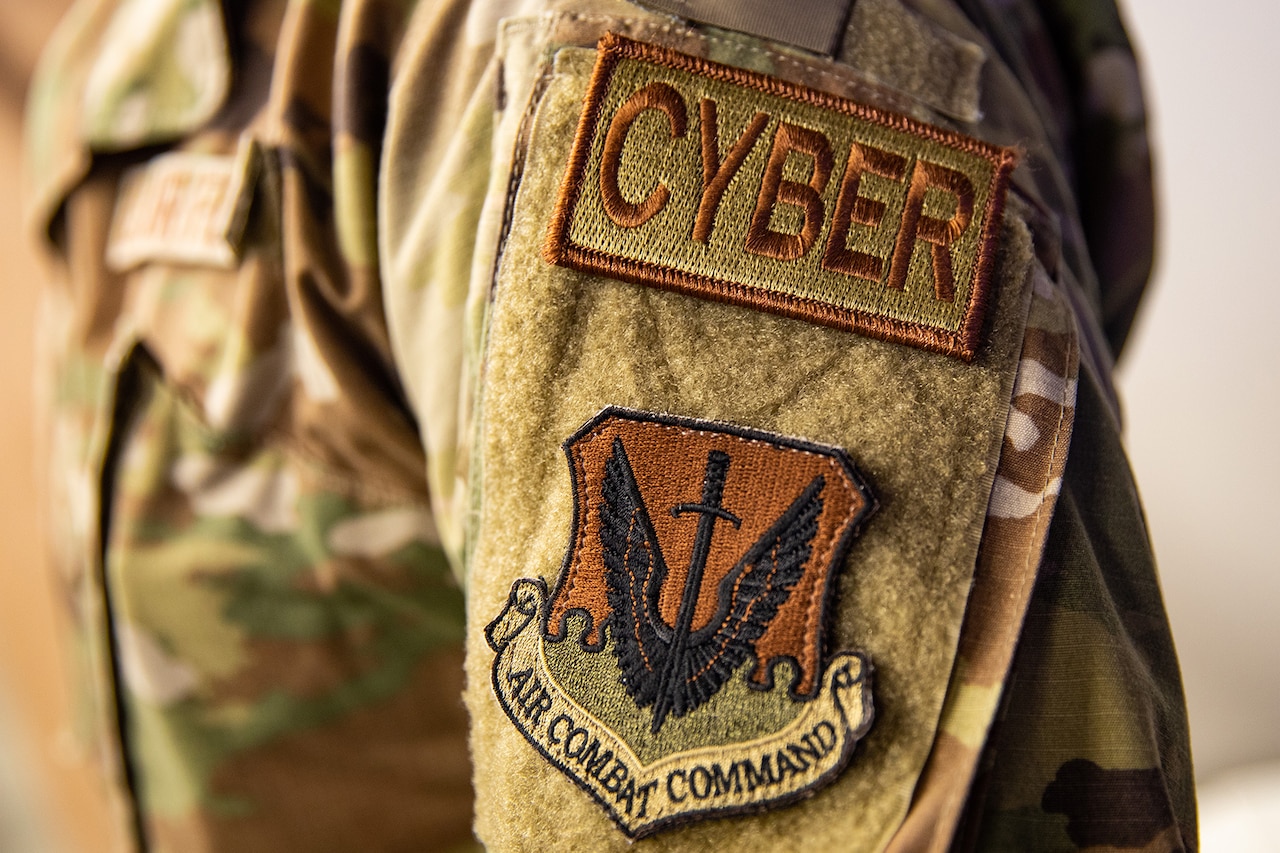The time it takes to bring on a new civilian employee within the Defense Department’s cyber workforce has dropped below 80 days, which bodes well for the department’s effort to better develop its cyber workforce.
“We have 79 days average time-to-hire in our civilian workforce,” said Mark Gorak, principal director for resources and analysis within the DOD’s office of the chief information officer, during a discussion with media earlier this week. “If we include our special hiring authorities under Cyber Excepted Service, which is a Title 10 authority, that comes down to about 73 days’ time-to-hire, which beats the requirements of Office of Management and Budget, and that’s well below the DOD average. So, we’re doing much better in our hiring, reducing that time.”
The Defense Department needs a strong, educated and stable cyber workforce capable of executing its complex and varied cyber missions. In early 2023, the department published its Cyber Workforce Strategy to spell out its goals for that cyber workforce. Later in 2023, the department released a plan for implementing its cyber workforce strategy.
Gorak, along with Chimia Carr-Nelson, branch chief for strategy implementation within the DOD’s CIO, shared some of the successes the department has had this year in executing the Cyber Workforce Strategy Implementation Plan.
Reduction of the time-to-hire was just one success, Gorak said. Another has been growth of the cyber talent exchange program.
“We have exchange programs within the DOD. We have it with industry, and we have it with our federal … partners,” Gorak said. “We have expanded that program with some of our industry partners, including seven additional new industry partners.”
Among those new partners are small and large technology-based organizations.
In 2024, vacancies in the DOD cyber workforce have gone down by 4.8%, Gorak said, demonstrating retention of cyber talent.
“The civilian vacancy rate is now down to 16.2%, that is a 4.8% decrease from last year,” Gorak said, adding that the drop was better than they had predicted. “In order to get there, believe it or not, we had to hire about 14,000 additional civilians.”
Gorak also said that while the department lost some 10,000 civilian and military cyber personnel, the net gain from the new hires into the DOD cyber workforce meant the vacancy rate went down. And those personnel who left, he said, still benefit the nation by supporting other cyber efforts in industry and other places in the federal government.
In 2024, Gorak said, the department also established the Cyber Academic Engagement Office which serves as the consolidated focal point for cyber-related activities carried out between the DOD and academia stakeholders. Gorak himself runs that office.
The DOD Cyber Workforce Strategy, signed by Deputy Defense Secretary Kathleen Hicks, was published in March 2023. That strategy provides a roadmap for the advancement and unified management of the cyber workforce, which includes about 225,000 highly trained civilians, military and contractor personnel.
In August 2023, the DOD followed up with the DOD Cyber Workforce Strategy Implementation Plan. At the time, Gorak said the implementation plan was designed to set the foundation for how the department would execute the 22 objectives and 38 initiatives tied to the four goals in the Cyber Workforce Strategy.
The four goals within the Cyber Workforce Strategy include:
- Executing consistent capability assessment and analysis processes to stay ahead of force needs.
- Establishing an enterprise-wide talent management program to better align force capabilities with current and future requirements.
- Facilitating a cultural shift to optimize department-wide personnel management activities.
- Fostering collaboration and partnerships to enhance capability development, operational effectiveness and career broadening experiences.
Carr-Nelson said the Cyber Workforce Strategy Implementation Plan remains an ongoing effort that has already been successful in helping the department achieve its goals with its cyber workforce.
“Our offices of primary responsibility are working very diligently each fiscal year addressing the targets that they have identified with regards to the cyber workforce needs,” Carr-Nelson said. “We do expect to see positive impact addressed with each of the initiatives to address whatever goal that is aligned to that initiative. So, we’re working very hard, and you should definitely see more impact and more change with the cyber workforce within DOD in the coming years.”
(Except for the headline, this story has not been edited by PostX News and is published from a syndicated feed.)


